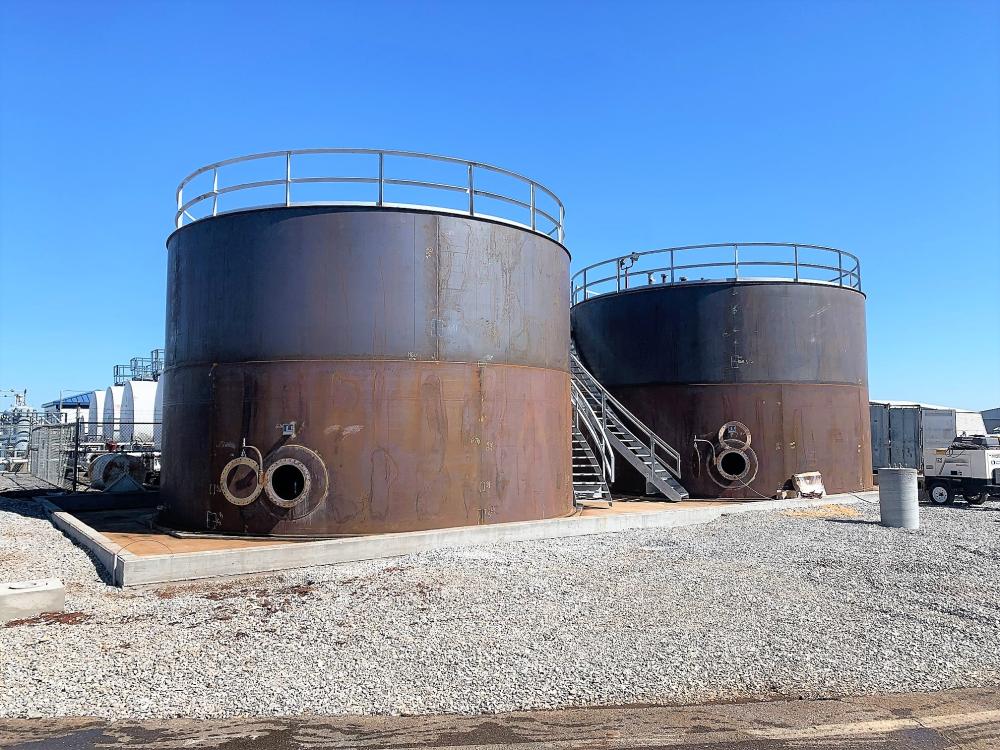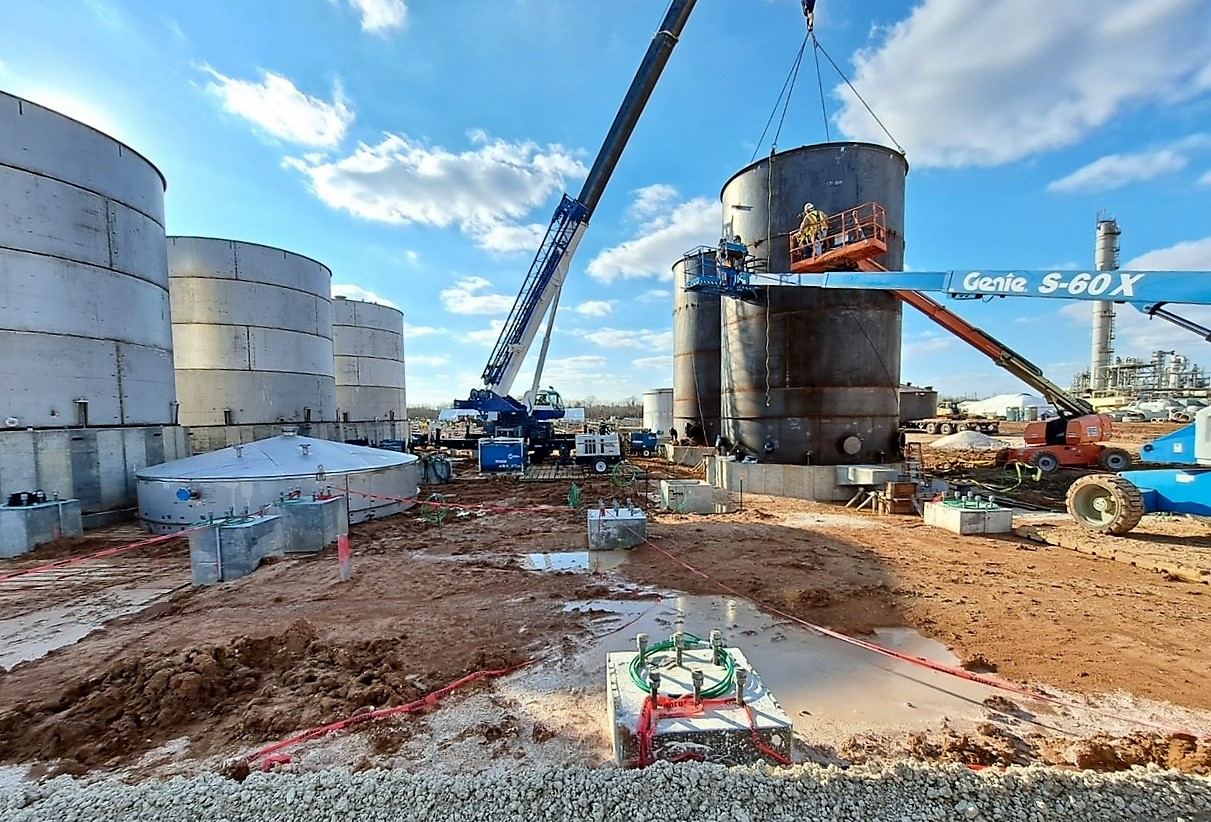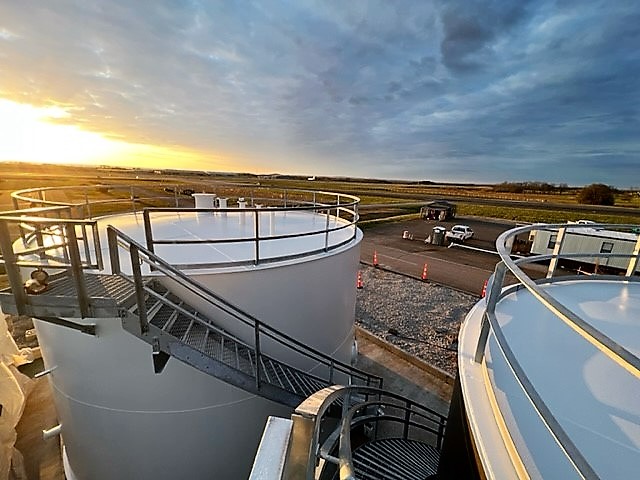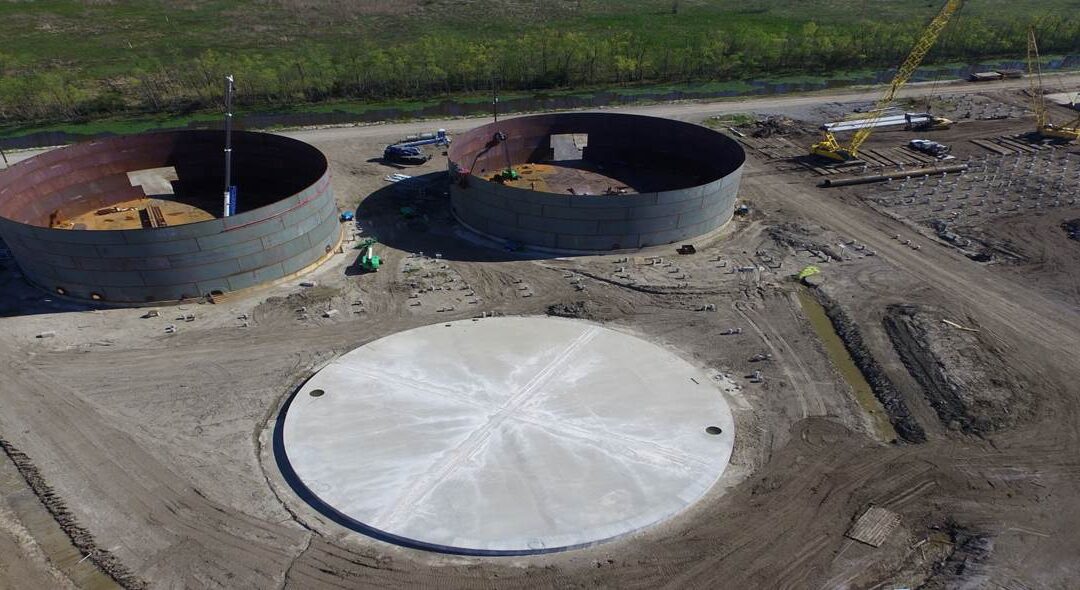If you’re installing new aboveground storage tanks at your facility, you’ve probably heard that there are two main standards that regulate how storage tanks are built and designed: API 650 and API 620. But what is the difference? How do you know which is best for your application and industry?
There are many similarities and areas of overlap between the two standards. The differences between the two standards have to do with temperature, pressure, size, and the substance that will be contained in the storage tank. Read on to find out more about API Standard 650 and Standard 620 and how they differ.

Understanding API 650
API 650 Standard and Requirements
API Standard 650 defines the construction and design regulations for storage tanks that contain chemicals, oil, gas, biofuel, treated water, or other substances, with contents up to 2.5 PSI in pressure and between -40°F and 500°F design temperature. These tanks must be aboveground, cylindrical tanks with a fully, evenly supported tank bottom. They can have either open or closed-top designs and can be constructed from aluminum, carbon steel, or austenitic stainless steel.
To meet API 650 regulations, the tank must be constructed by a manufacturer bearing an American Society of Engineers (ASME) welding certification. While many API 650 tanks are field-erected, some based on diameter and height can be fabricated in-shop and shipped ready for installation.
If an existing API 650 or 620 storage tank needs inspection, repair, alteration or reconstruction, API 653 provides the guidance required. API 653 provides minimum requirements for maintaining the integrity of tanks after they have been placed in service.
Applications
- Oil and gas
- Biofuels
- Chemicals
- Water
Industries
- Energy
- Chemical
- Petrochemical
- Mining
- Agriculture
- Fertilizer
- Water treatment
- Manufacturing
- Food production

Understanding API 620
API 620 Standard and Requirements
API Standard 620 defines the appropriate design and construction of tanks with a diameter at or over 300 feet, and with contents up to 15 PSI in pressure and between -325°F and 250°F. This requires that compliant tanks be cylindrical, made of carbon steel, a low-temperature nickel alloy, or austenitic stainless steel, and revolve around a single vertical axis. The steel from which the tank is constructed must be at least 3/16 of an inch.
Like API 650, the 620 standard requires that the storage tank manufacturer have an ASME welding certification. Due to their large size, API 620 tanks are field-erected and repaired. While most of the inspection and testing requirements for API 620-compliant tanks are laid out in the standard itself, guidelines for performing a nondestructive examination of pressurized tanks are found in the ASME Boiler and Pressure Vessel Code, Article V.
Applications
- Cryogenic liquid
- Liquefied natural gas
- Low-temperature, high-pressure liquids, vapors, or gases
- Isolation tanks
Industries
- Metal processing
- Manufacturing
- Healthcare
- Food technology
- Electronics
- Semiconductors

What is the difference between API 650 and API 620 Standards?
To summarize the differences between these standards for storage tanks, API 650 deals with tanks of any size capable of withstanding higher temperatures at minimal pressure, whereas API 620 pertains to large, pressurized storage tanks containing materials at lower temperatures and can store any kind of liquid. API 650 tanks are not size restricted and are rated for higher temperatures, but lower pressures, and are used prolifically in oil and gas and chemical storage applications.
PALA is proud to manufacture aboveground storage tanks according to both API 650 and 620 tank standards, ensuring that no matter your application, our fabrication team can deliver the solution you need. For more information, give us a call or contact us online.

